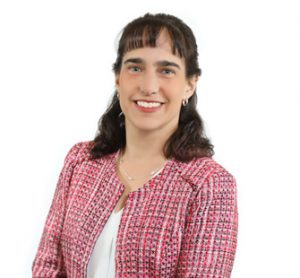A retirement plan may allow participants to access their accounts while still employed via a hardship distribution when there is an immediate and heavy financial need, whether it was incurred deliberately or unintentionally.
Immediate and heavy financial need would include any of the following listed below:
- Medical care expenses for the employee, the employee’s spouse, dependents or beneficiary
- Tuition and related educational fees and room and board expenses for the next 12 months of postsecondary education for the employee, the employee’s spouse, dependents or beneficiary
- Costs directly related to the purchase of an employee’s principal residence
- Payments required to avoid the eviction of the employee from the employee’s principal residence or to prevent foreclosure on the mortgage on that residence
- Certain costs to repair damage to the employee’s principal residence
- Funeral and burial expenses for the employee, the employee’s spouse, children, dependents or beneficiary
SECURE Act 2.0, Section 312, which went into effect for plan years beginning after December 29, 2022, includes an optional self-certification for hardship withdrawals provision which allows retirement plans to permit participants to self-certify that a distribution meets the requirements for a withdrawal, removing the administrative barrier for those in need of financial assistance. With this change, plan sponsors no longer need to collect documentation or require participants to provide specific information on the need for a hardship withdrawal. Participants will be asked to certify that they will preserve their documentation of the hardship and provide such documentation later if requested.
Hardship distributions are subject to income taxes unless those distributions are from Roth contributions. Therefore, they are subject to a 20% federal tax and may be subject to a 10% additional tax on early distributions.
Additionally, hardship distributions are limited to the amount necessary to satisfy the financial need, plus taxes and penalties resulting from the distribution. Therefore, a participant must first consider their personal resources and those of their spouse, and if applicable, insurance reimbursements, when determining the amount necessary to satisfy the financial need. Any remaining uncovered portion would be considered for a hardship distribution.
The Plan Document should identify the type of funds available for hardship distributions but can include employee elective deferrals, vested employer matching contributions, and employer nonelective contributions (sometimes referred to as “profit-sharing contributions”).
Contact Us
For more information about retirement plan hardship distributions, please contact a member of Withum’s Employee Benefit Plan Services Team.



